MG Drainage can assist you with CCTV survey inspections of drains, pipes cavities, voids and ducts to investigate rat access points. Locate broken, collapsed or unsealed/open drains and pipes allowing rat entry and exit points. Help to locate rats nests, rat infestations, rat runs. Rat tracing, investigation into rats gnawing, burrowing and chewing. Rat prevention measures and installation of rat stop valves, rodding eye caps for interceptor traps, sealing of manhole chamber holes and redundant connections remotely.
Rat activity and infestations are increasing every year and we believe this is largely due to our changing living habits….. including our generally poor hygiene, fast food culture and widespread use of composting and recycling containers. Look around any area of the High Street, domestic roads or residential and commercial blocks and there is an abundance of places for them to survive comfortably offering them the shelter, warmth and food that they require.
It is very common for rats to enter the fabric of a building via drainage systems, pipes, ducts, external holes or other concealed areas and they can be difficult to resolve. Once inside a property they can usually come and go as they please and can get settled in to most environments. We all know that rats thrive in sewers and the old London saying that ‘you are never more than 10ft away from a rat’ is quite true…. in fact you are probably closer.
Consider the main sewers as the motorways for rats and then each incoming line into that sewer from a building is then an A or B road. They have potentially miles of pipework below ground in which they can travel. Only a small hole is required for rats to pass through, they can compress every part of their bodies except their skulls. Therefore, considering drainage pipes alone, any part that is broken, collapsed or has been left as redundant without being sealed is a potential point for them to escape from the drainage system. They can then access floor voids, cavities and lofts and once in, it can be a challenge to locate their access point, remove them and prevent their return.
How do you know if you have rats as visitors? They can often be heard scrabbling around in ceilings, voids or cavities and the sign of droppings is another confirmation of their residency. If you have a rat issue and the obvious visual checks around the perimeter of the property, pest control and baiting fails, then a CCTV inspection of the drainage system is usually the next stage in the process to prove the path of their origin, being that this is the most common area of concern. This can prove the cause immediately or provide valuable information to enable a process of elimination. Obviously ripping apart walls, lofts or floors is the last thing you would want to do to solve the problem and where possible this should be avoided.
Generally we are called as advised by pest control or to work in conjunction with them. Baiting internally should be avoided because this has the potential to allow rats to die in inaccessible areas once any poison has taken affect and this will be noticed eventually by the smell of a decomposing body. Then there is obviously the problem and cost involved with locating and accessing the corpse to remove it, so catch or snap traps are a much better option in this case.
Case Study: The pictures below highlight one particular case which we were called in to resolve. The tenant of the ground floor property was complaining of a sewage smell in the bathroom and nothing obvious was visible above the floor. We carried out a CCTV survey and proved a previously unknown manhole chamber was located below the bathroom floor. Floor tiles were removed and the wooden floor raised for a closer inspection of the void and we found that the manhole cover was ok, but that there were quantities of sewage in the area below the toilet. The panels and flooring concealing the toilet waste pipes were then removed and we found that the pan connector (a flexible plastic multi-kwik) at the back of the toilet had a hole chewed through it, obviously by a rat, allowing it to come in and out of this pipe and access the floor void. Consequently, every time the toilet was flushed water and sewage would leak out and flood the floor void below. The whole void area below the toilet was then exposed so that the clean-up process and pipe repairs could go ahead and during this we found the skeleton remains of, we assume, the rat that had caused the problems in the first place. Since repairing the pipework and clearance of the void the property has been safe ever since.
Case Study: As Detailed Above
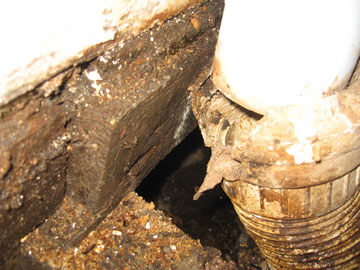
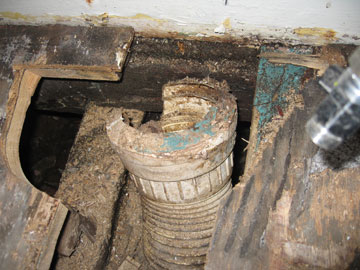
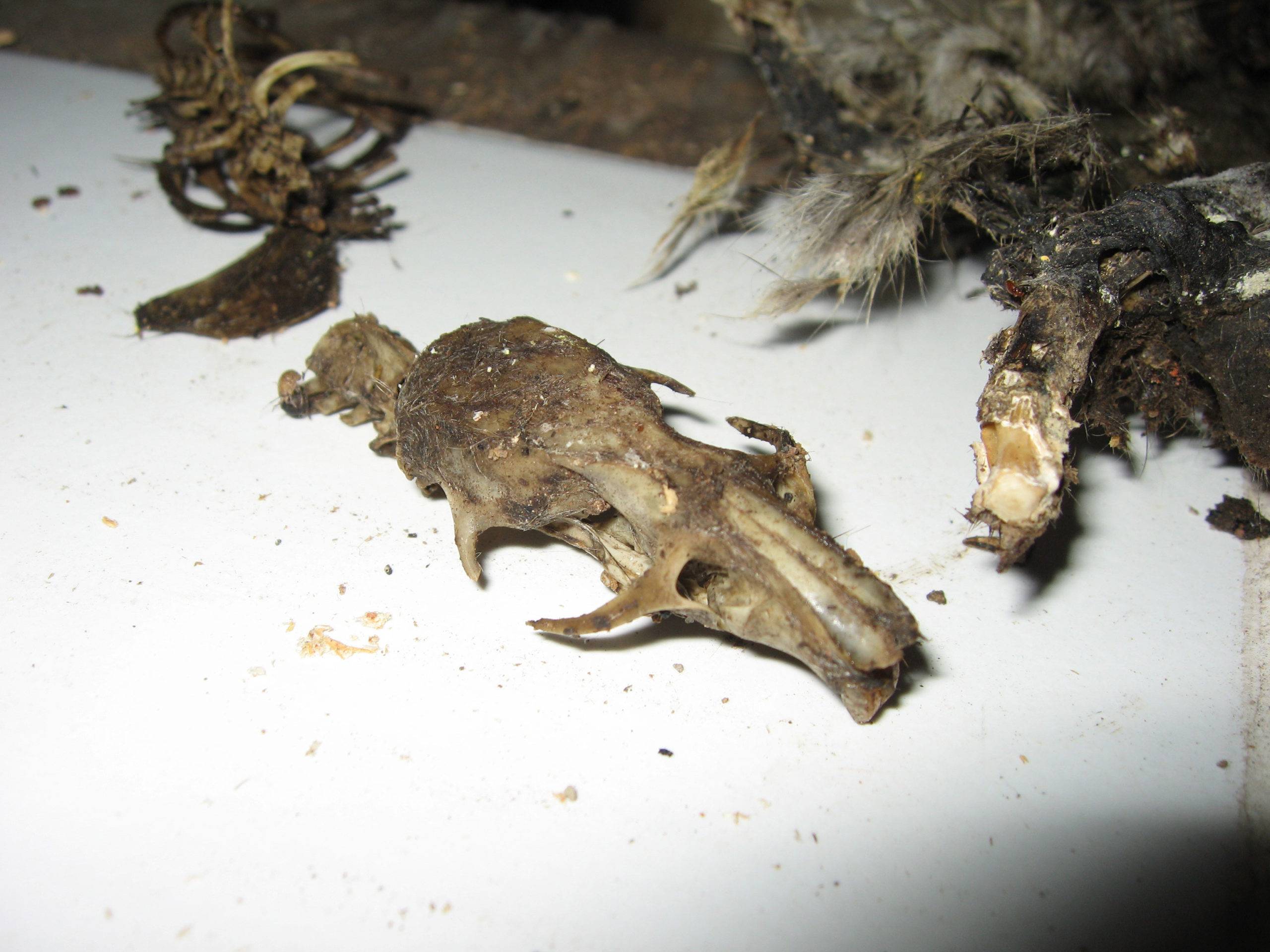
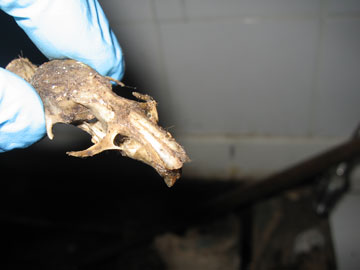
Rat Blocker: Example 1, 225mm Nordisk TX11 (previously branded as Vermend)
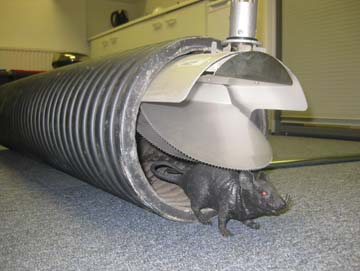
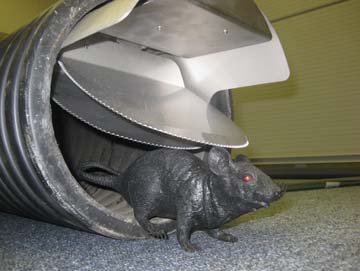
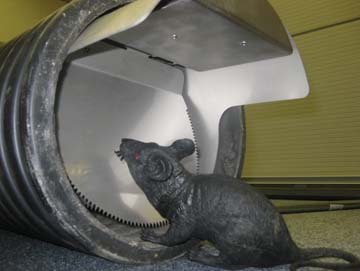
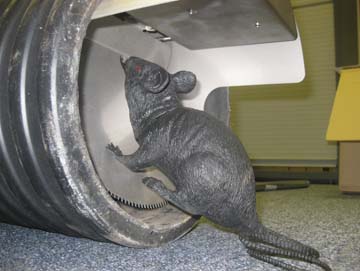
Rat Blocker: Example 2, 150mm Pipe Sec and 150mm Rat Wall
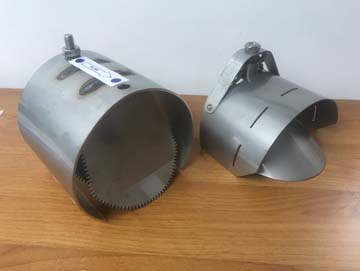
Rat Blocker: Example 3, 110mm Water and Rodent Valve and 100mm Nordisk TX11
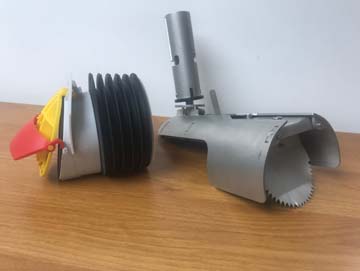
Rat Blocker: Example 4, 110mm Mc Alpine Anti-Rodent Barrier and 110mm RatGate
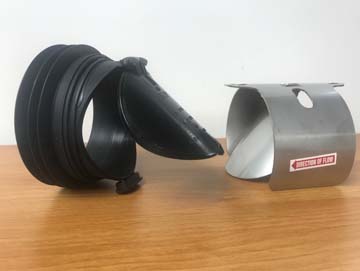
Rat Activity: Internal activity evidence found below floor boards
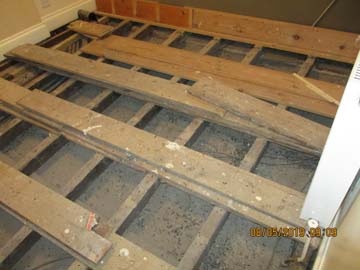
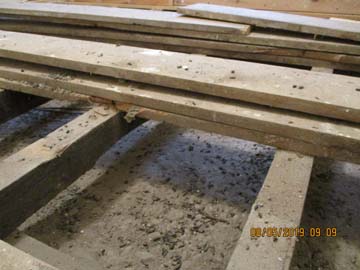
Rat Chewing Cables: Rat entered via open pipe. Pipe was protected and cables re-installed with protection
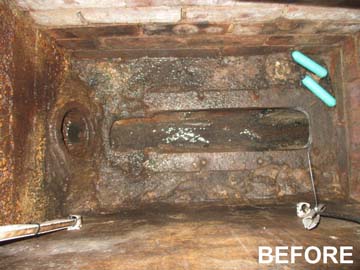
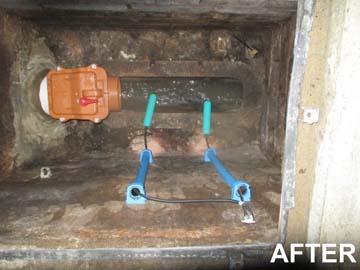
Why rodding eye caps on Interceptors are needed: The cap is not fitted properly, and a rat is visible behind it, this is its easy entry point to the manhole chamber
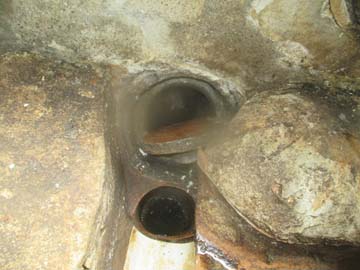
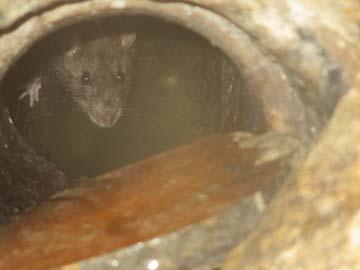
Footage We Have Captured
Footage 1: Shows rat attempting and failing to lift and pass a rat blocker. This was to go up a line the rat had already been active in, but once we had fitted the blocker it prevented it, but it kept trying.
Footage 2: Shows how a rat can still pass a blocker not fitted 100% correctly or with a defect that prevents it closing but as little as 10mm.
Footage 3: A second example of ‘Footage 2’ explained above.
Footage 4: Shows a rat sniffing around a rodding eye, which was previously open and was the entry and exit point to the drainage system from the main sewer, until we sealed it with a metal plug. The rat kept going back to this for days looking for its way out.
